by Mike –
The more you look at the Ferrari Breadvan the better it looks. Here is “Gabriele Spangenberg” (Gaby) driving the real Ferrari Breadvan on a race track! What a lucky lady – but we make our own luck, right?
I was able to see it at the Ferrari Museum in April 2013 but I did not get to drive it. I asked but they said “no”.
During my preview of the Russo & Steele auction cars this past August in Monterey I was struck by the Corvette customized to look like the Ferrari Breadvan. They did not say that, they called it a Chevrolet Corvette Wagon. But I knew it was a Breadvan clone.
This “Iso Breadvan” for auction at The Silverstone Classic Sale coming up in the UK is also a fake Breadvan.
Why create a Breadvan replica? It is not the most attractive of cars but it certainly was a fast race car. I don’t know why anyone would want to create a replica Breadvan but there are many things I don’t understand.
I much prefer the real deal and the history of the Ferrari Breadvan to a thousand “replicas”.
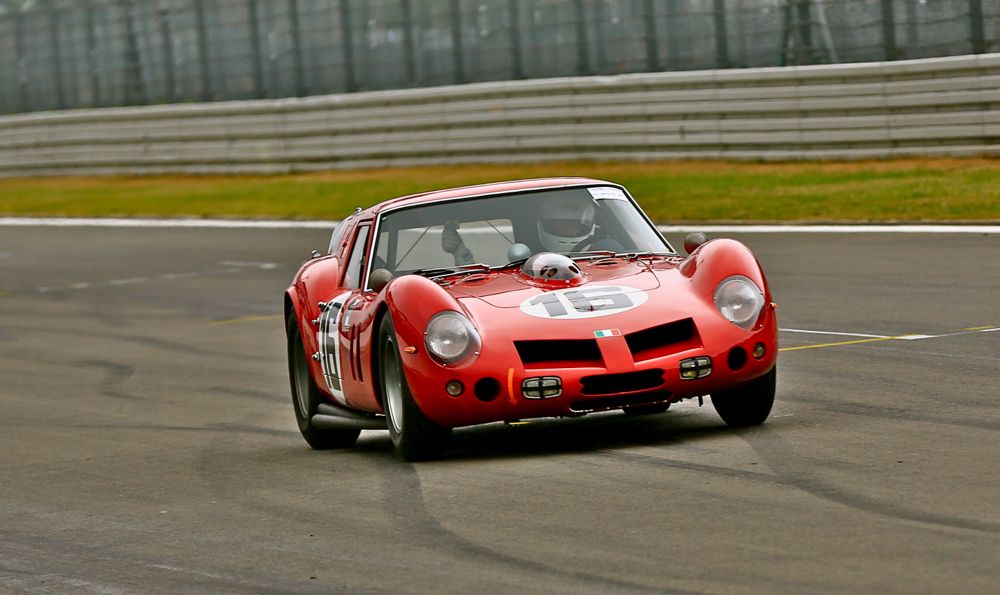

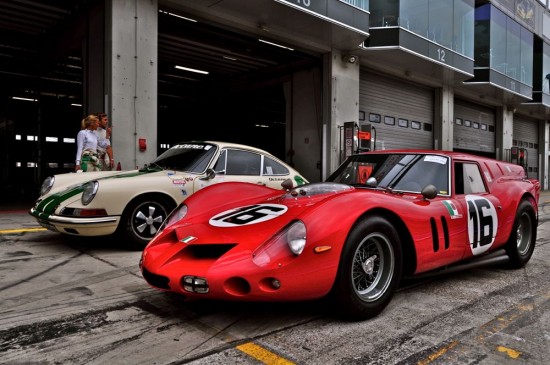
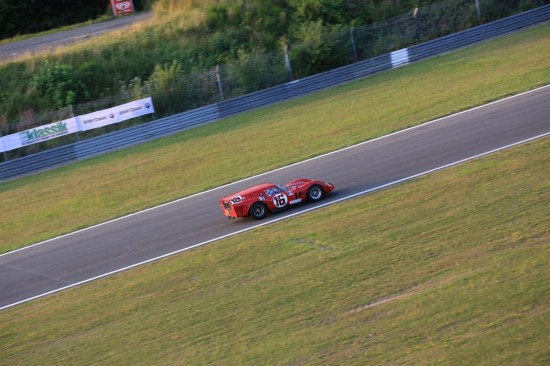
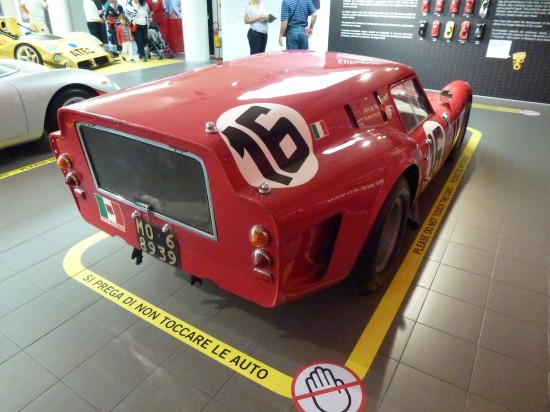
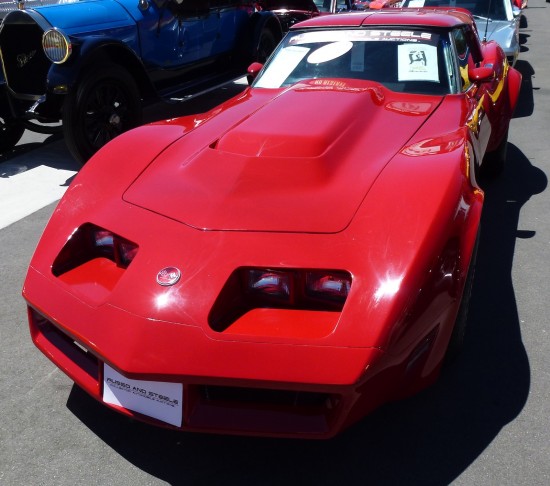
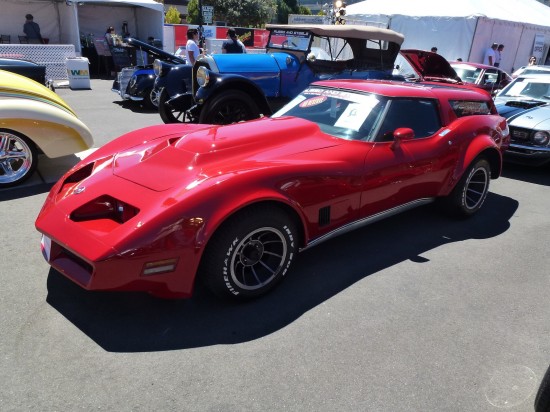
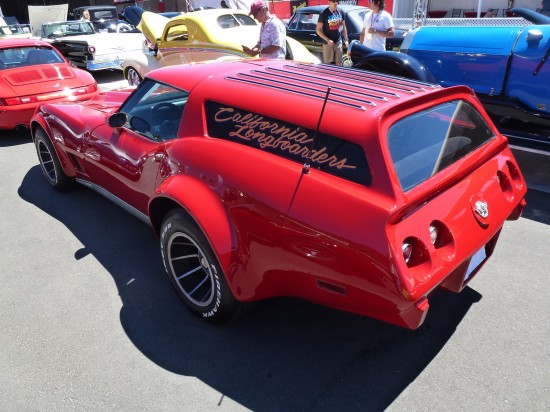


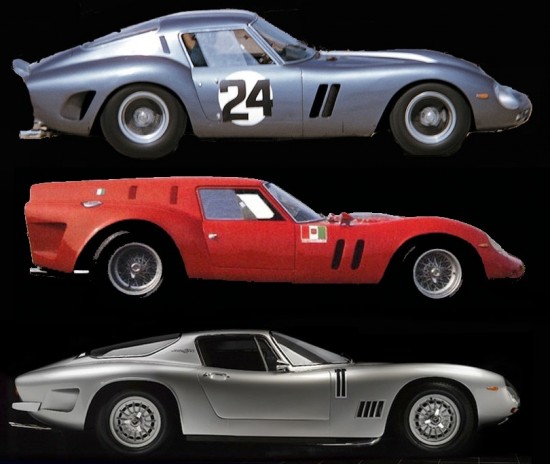




Michael, while I consider the Vette more of a Shooting Brake, the ISO is definitely a clone. And I like it. Isn’t cloning the highest form of flattery?
Thomas,
Look at the nose of the Vette – clearly an attempt to look like the nose of the Breadvan. Cloning could be considered flattery I suppose.
Sometime during 1963 to 1964 this car or perhaps another Breadvan Ferrari was displayed in a gas station along El Camino Real in San Mateo, CA. Three or four of us high school seniors would stop check to it out. As I remember it was in rough shape but was definitely a Breadvan. The car was there for a few weeks then gone. I can remember the engine topped off with webbers and megaphone exhaust pipes. I only wish I still had the photographs I took of the car.
As always please excuse the iBook typos.
Dennis,
I wish you had the photos too.
There is only one real Breadvan – the car you saw was almost certainly it.
It lived in California for a few years.
I have pictures of the breadvan and other Ferrari’s at the Detroit autorama65/66 time frame, Gary Wales and Richard Merritt had just brought the cars into the country, very interesting .
Dave
The Corvette breadvans or Corvette wagons, as they are usually called, have been around probably since about 1968 with the debut of the mako shark Corvette shape. In about 1976, I assembled a Monogram brand plastic model of a 1969 Corvette wagon (molded in yellow), which I still have. People have been converting that style of Corvette into wagons since forever, and every once in awhile, you’ll see one for sale. Glenn in the Bronx, NY.
Glenn,
Interesting I did not know this. When I look at this Corvette from the front it looks like an imitation of the classic Bizzarrini front with the nostrils like the Breadvan and all Bizzarrini cars. The Corvette uses the openings for the headlights and the Bizzarrinis use the openings for air flow to the engine but the look is very similar.
Send a photo of your model!
Mike,
From what I recall of the Monogram model, it uses the stock front end/headlight treatment, but uses a different, custom hood. Not to sound like an infant (I am 50), but the model is in my childhood room at my parents’ home, which I will be visiting this weekend. I will take photographs of the model and send them to you by Sunday or Monday night. To me, the model just always looked like a Corvette with a rear wagon treatment, and I never thought it looked like any other car but a Corvette. When they come up for sale occasionally, they are all individually customized to certain degrees, yet sometimes still using the original stock front ends with the retractable lights. In addition, I have seen many, many Corvettes over the years that are non-wagons, that have had their front ends customized with the headlights recessed in the front end like the one you pictured, and there are a lot of aftermarket kits to do this. You can see an incredibly customized 1973 Corvette with the recessed headlights in the old 1970’s movie, “Cleopatra Jones”. I am somewhat Corvette-obsessed, so I have seen a lot different customizations done to them, but to me, it is the original stock versions that I really love, with the 1963 Split-Window Stingray being my all-time favorite (we are both 1963 models). Glenn in the Bronx, NY
keep in mind that GM actually built some prototype Corvette wagons from back in the 50’s, they were styled after the NOMAD station wagons of that era. That corvette in the picture has a wagon conversion offered aftermarket and the fenders , headlight treatment were the same as used by John Greenwood who built Corvette race cars for long distance and IMSA racing in the 70’s.
Dave Craddock
!